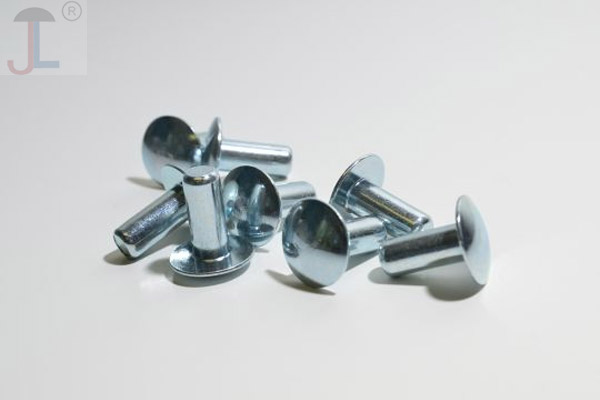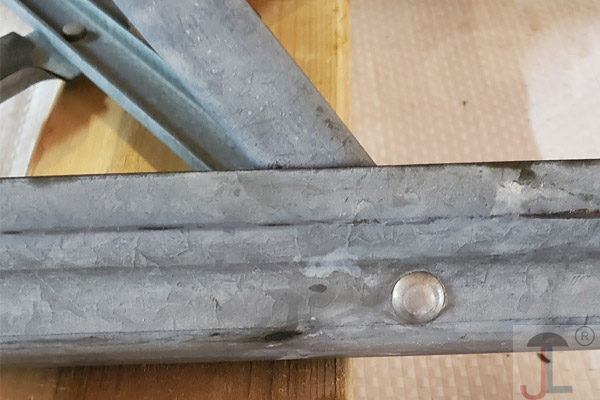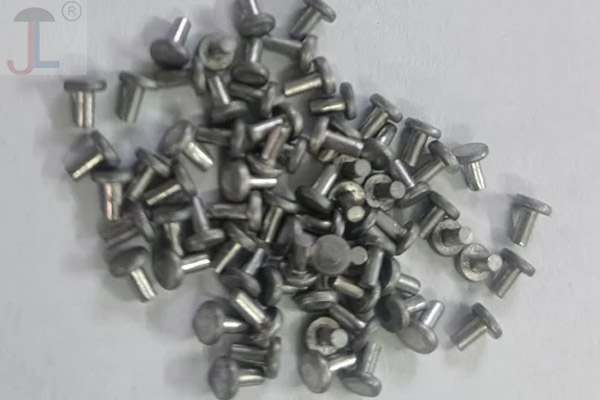Aluminum rivets, being softer than steel, can be removed using several methods. The most common techniques involve drilling, grinding, or using a hammer and chisel. Specialized rivet removal tools are also available for more frequent or precise work.
Here's a breakdown of the common methods:
1. Drilling: This is often the most recommended method for removing aluminum rivets without damaging the surrounding material. * Tools: Power drill, drill bits (slightly larger than the rivet's mandrel or the same size as the original hole), center punch, hammer, cutting fluid or lubricant, safety glasses, work gloves. * Process: * Use a center punch and hammer to create a small divot in the center of the rivet head. This helps guide the drill bit. * Select a drill bit that is slightly larger than the diameter of the rivet's internal shaft (mandrel) or the same size as the original hole. * Apply a few drops of cutting fluid to the drill bit to reduce friction and heat. * Place the drill bit in the center punch mark and drill slowly and steadily through the rivet head. The head should eventually separate. * Once the head is removed, the remaining body of the rivet can usually be pushed out with a punch or pliers.
2. Grinding: This method is effective for removing the rivet head, especially for larger or more stubborn rivets. * Tools: Grinder (angle grinder or rotary tool), appropriate grinding disc or burr, safety glasses, work gloves, dust mask. * Process: * Carefully grind away the head of the rivet using the grinder. Be mindful not to damage the underlying material. * Once the head is removed, the rest of the rivet can be driven out with a punch.
3. Hammer and Chisel: This is a more manual method that can be used if power tools are not available or for specific types of rivets. * Tools: Hammer, cold chisel or a sturdy flathead screwdriver, punch (optional), safety glasses, work gloves. * Process: * Position the sharp edge of the chisel or screwdriver at the edge of the rivet head where it meets the material. * Strike the end of the chisel with the hammer to shear off the rivet head. Work around the head, striking from different angles if necessary. * Once the head is removed, use a punch or the chisel to drive the remaining rivet body through the hole.
4. Specialized Rivet Removal Tools: These tools are designed specifically for gripping and extracting rivets, offering a cleaner removal with less risk of damaging the workpiece. * Tools: Dedicated rivet removal tool with appropriate tips for the rivet size. * Process: * Select the correct size tip for the rivet. * Position the tool over the rivet head and engage the gripping mechanism. * Follow the tool's instructions to extract the rivet.
Important Considerations:
- Safety first: Always wear safety glasses to protect your eyes from flying debris, and work gloves to protect your hands. Consider a dust mask when grinding.
- Secure the workpiece: Ensure the materials being riveted are stable and secured before attempting removal to prevent movement and potential injury or damage.
- Choose the right size drill bit: Using a bit that is too large can enlarge or damage the existing hole.
- Take your time: Especially when drilling or chiseling, work slowly and carefully to maintain control and avoid damaging the surrounding material.
- Clean the hole: After removing the rivet, clean out any remaining debris from the hole before installing a new rivet or fastener.




